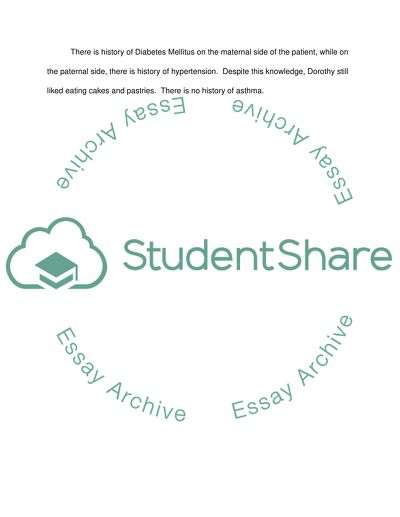Cite this document
(“Nursing Health History Case Study Example | Topics and Well Written Essays - 2500 words”, n.d.)
Retrieved from https://studentshare.org/miscellaneous/1505979-nursing-health-history
Retrieved from https://studentshare.org/miscellaneous/1505979-nursing-health-history
(Nursing Health History Case Study Example | Topics and Well Written Essays - 2500 Words)
https://studentshare.org/miscellaneous/1505979-nursing-health-history.
https://studentshare.org/miscellaneous/1505979-nursing-health-history.
“Nursing Health History Case Study Example | Topics and Well Written Essays - 2500 Words”, n.d. https://studentshare.org/miscellaneous/1505979-nursing-health-history.


